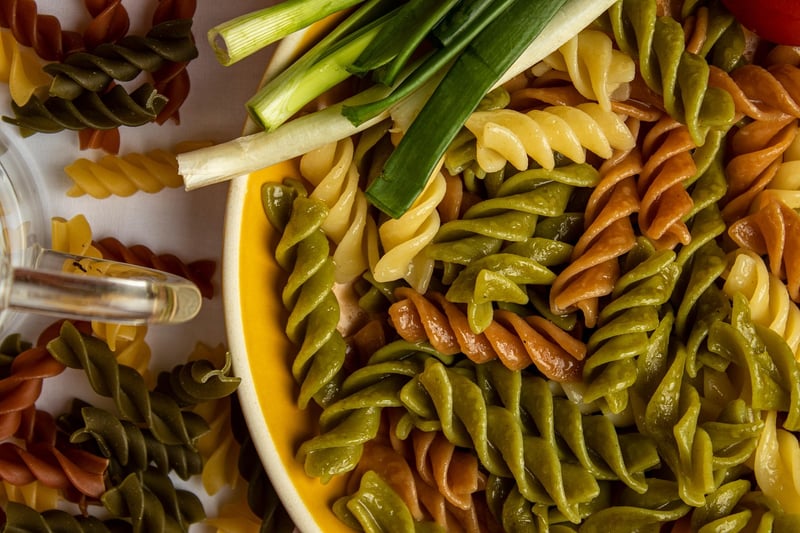Color Composition
Enhancing the Visual Appeal of Dishes with Color Composition
When it comes to creating visually appealing dishes, chefs and home cooks alike can benefit from understanding the principles of color composition. The use of colors in food presentation can elevate a dish from good to outstanding, making it not only delicious but also visually captivating. Let's explore how you can enhance the visual appeal of your dishes through color composition.
The Importance of Color in Food Presentation
Colors play a crucial role in how we perceive food. They can influence our appetite, evoke emotions, and even indicate the freshness and quality of ingredients. By using a thoughtful color scheme, you can make your dishes more enticing and memorable.
Understanding Color Theory
Color theory is the study of how colors interact with each other. In food presentation, it helps to know the basics:
- Complementary Colors: Colors opposite each other on the color wheel, like red and green, create a vibrant contrast.
- Analogous Colors: Colors next to each other on the color wheel, like yellow and orange, create a harmonious look.
- Monochromatic Colors: Different shades of the same color can add depth and sophistication to a dish.
Practical Tips for Using Color Composition
Here are some practical tips for incorporating color composition into your food presentation:
- Balance: Aim for a balanced mix of colors to avoid overwhelming the viewer.
- Contrast: Experiment with contrasting colors to make elements of the dish pop.
- Seasonality: Use seasonal produce to naturally introduce a variety of colors to your dishes.
- Garnishes: Fresh herbs, edible flowers, or colorful sauces can add a pop of color to the plate.
Examples of Colorful Dishes
Take a look at these vibrant dishes that showcase the power of color composition:

Colorful Vegetable Plate

Colorful Lentil Salad
Experiment and Have Fun
Don't be afraid to experiment with colors in your dishes. Have fun playing with different hues and combinations to create visually stunning presentations that will delight both the eyes and the taste buds.
By understanding the principles of color composition and incorporating them into your food presentation, you can elevate your dishes to a whole new level of visual appeal.
Remember, a feast for the eyes is just as important as a feast for the palate!
